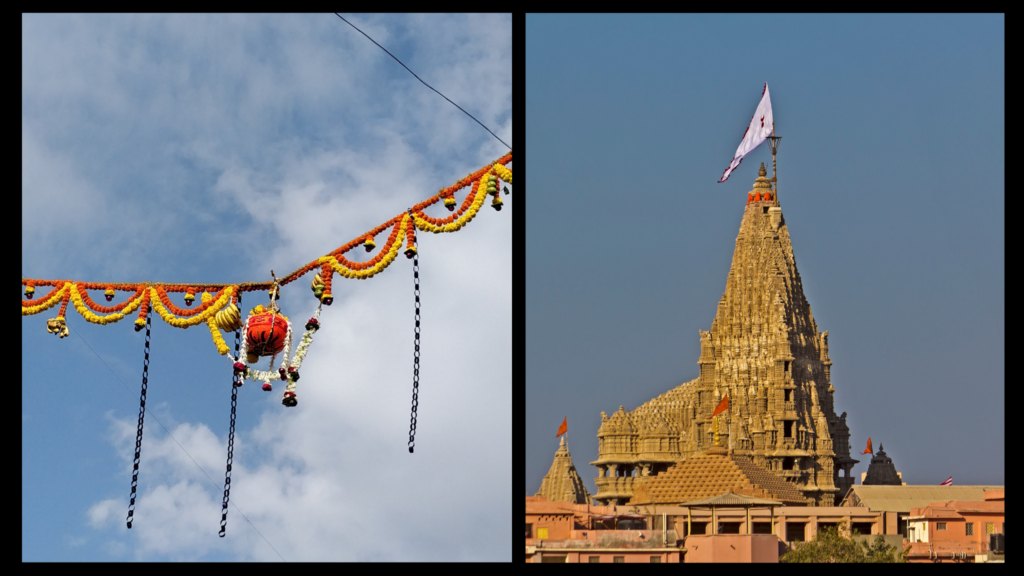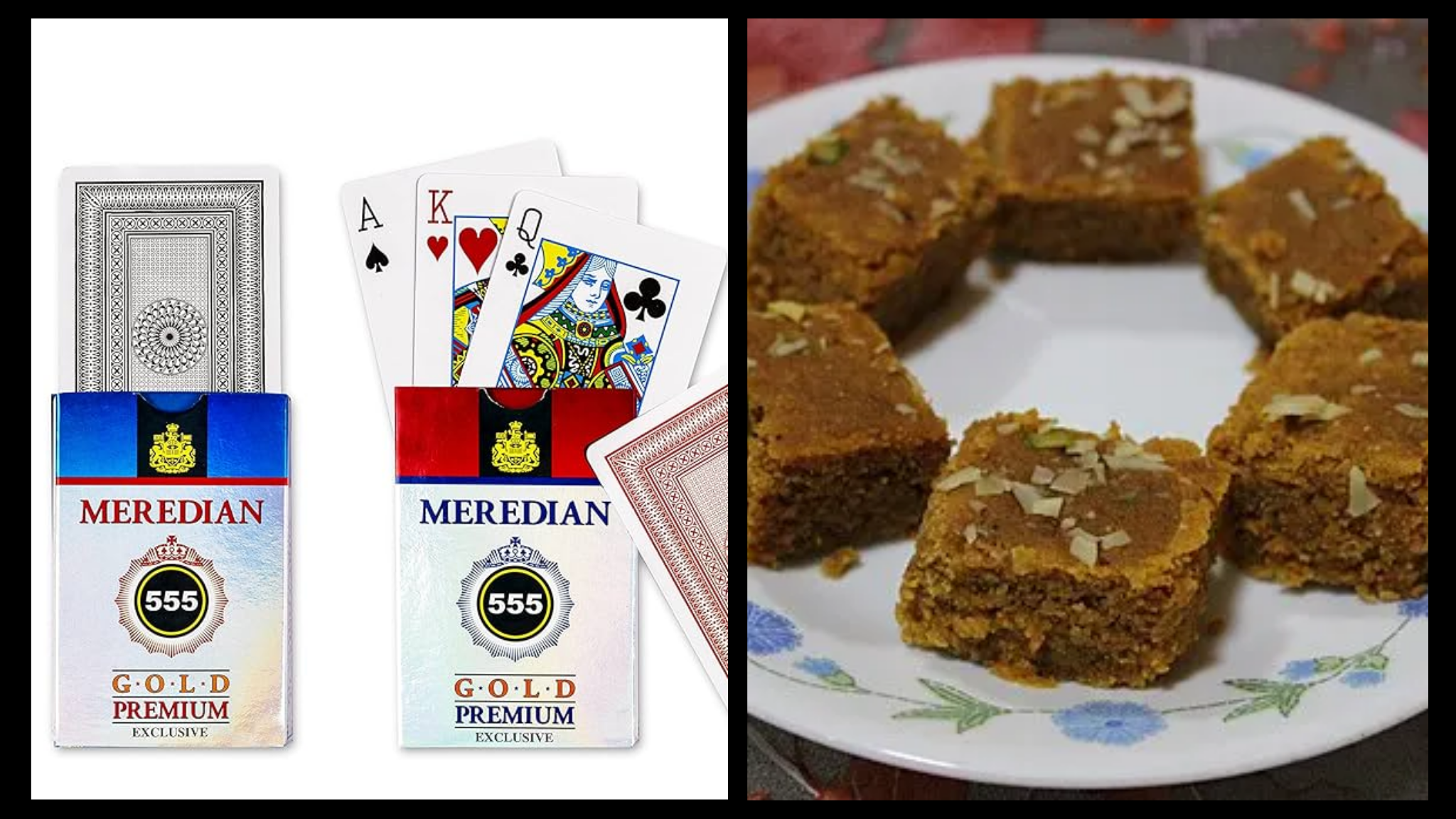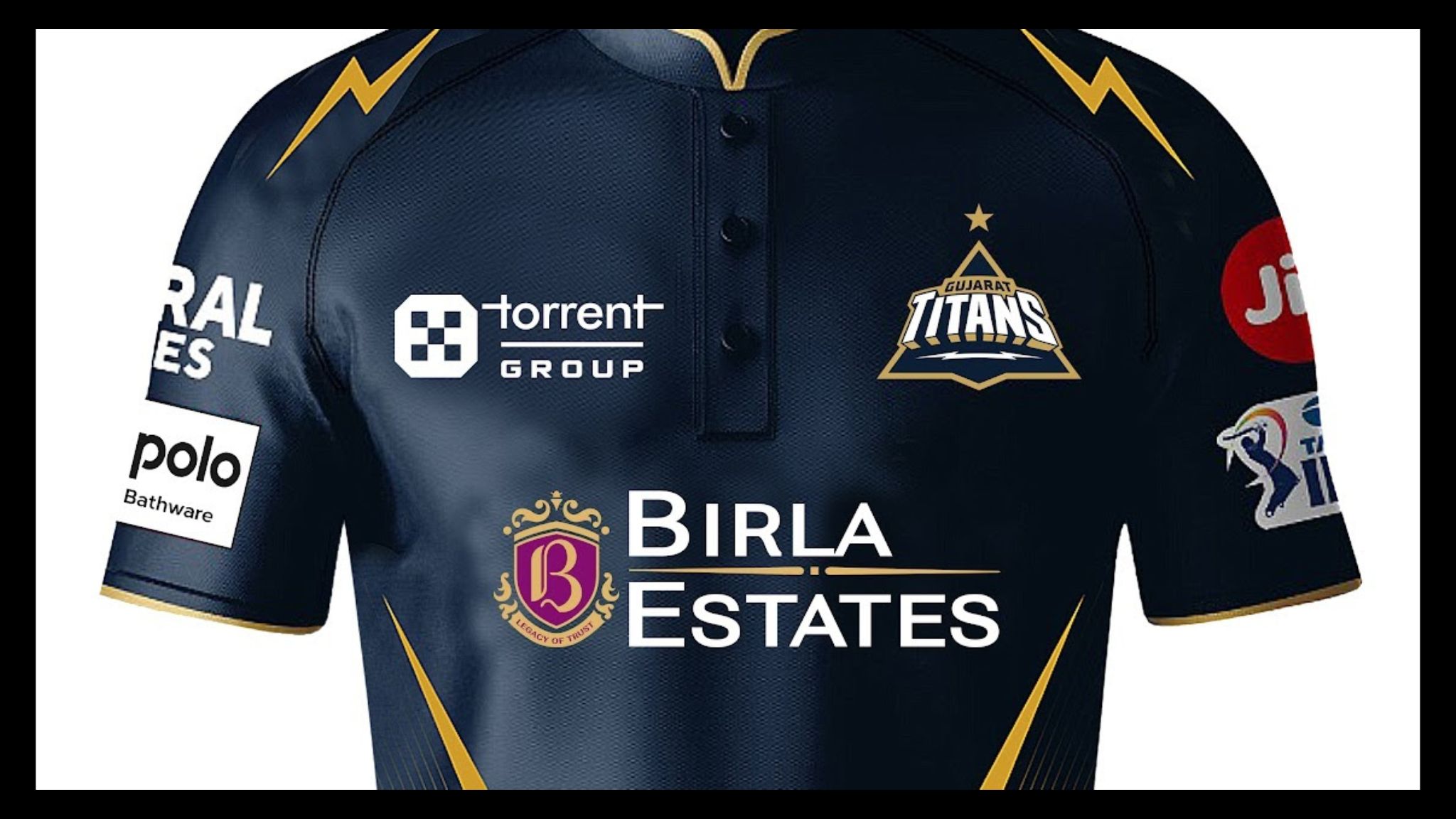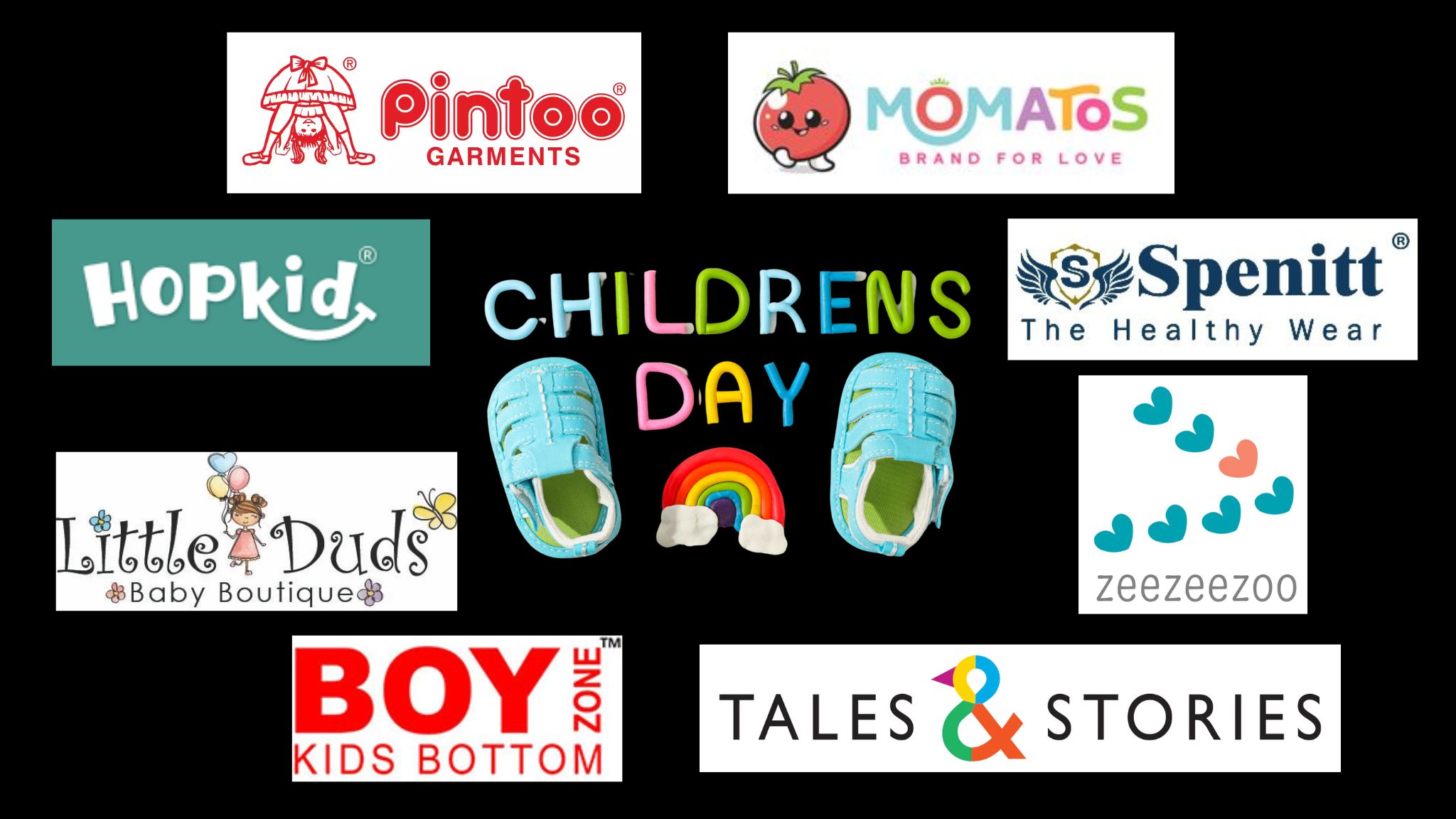In Gujarat, Janmashtami isn’t just devotion–it’s a vibrant economic moment.
Every August, as Krishna’s birth is celebrated, Gujarat shifts into festival mode. Homes glow with lights, markets bloom with sweets and décor, and event planners gear up. The festival generated nationwide trade of over ₹25,000 crore in 2024, with strong spending in North and West India including Gujarat. Businesses benefit across categories: flowers, sweets, decorative idols, fasting foods, juices, dairy, dry fruits, and events.
This blog unpacks how Janmashtami triggers commerce in Gujarat. It explores what locals buy, which artisans and brands gain the most, and why this ancient festival continues to boost businesses year after year.
Festival Economics: India‑Scale Data
CAIT reported that India-wide Janmashtami transactions surpassed ₹25,000 crore in 2024, making it one of the most commercially active festivals of the year.
Top spending categories: flowers, fruits, sweets, decor, prasad foods, and dry fruits. In West India, including Gujarat, markets recorded heavy footfall and high retail sales in every segment.
Retailers see big spikes in inventory turnover. FMCG brands run festive offers for ghee, curd, butter, and paan masala. E‑commerce platforms highlight Janmashtami collections.
Gujarat‑Specific Demand Trends
Makhan Handi Events
In Gujarat, Janmashtami celebrations include Makhan Handi competitions (Dahi Handi). Youth form human pyramids and shatter pots in public domains. These events fuel demand for music equipment, event tents, safety gear, and local sponsorships.
Temple Tourism Shopping
In pilgrimage towns like Dwarka, devotees flock to Dwarkadhish Temple, buying prasad, flower strings, clothes, and decorative idols. This seasonal rush boosts local vendors around temple precincts.
Local Fairs & Bazaars
Major cities and towns host fairs during the festival. Rajkot’s Lok Mela and Ahmedabad stalls sell handcrafted swings, themed décor, and devotional paraphernalia. These temporary markets spark commerce across Gujarat towns.

Core Business Categories & Gujarat Brands
Sweet & Dairy Makers
Mohanthal, a traditional Gujarati prasad sweet made of besan, ghee, and nuts, is especially popular during Janmashtami. Local favourites in Ahmedabad include Gwalia Sweets known for Mohanthal and Kesar Katli, with special festive packaging.
Decor Artisans & Idols
Artisans in Ahmedabad’s old city and Bhuj prepare swing sets, themed temple décor, and clay idols months in advance. They ramp up production for Karnataka’s Krishna temple-style swings (Jhulanotsav) and Garba-themed installations.
Event & Audio‑Visual Services
Brands like Spark 99 Event Management and The Wondrous Event in Surat provide sound systems, seating, stage décor, and branding for community Dahi Handi events. These firms book months ahead and work with local sponsors.
Playing Cards & Gift Items
During Janmashtami, many people gift playing cards or prasad items. Parksons Cartamundi India launched promotional campaigns in Gujarat featuring Meredian 555 Gold cards timed with Janmashtami.
Spotlight: Verified Gujarat Businesses
Here are real businesses deeply embedded in Gujarat’s Janmashtami commerce:
Jayhind Sweets, Ahmedabad – Famous for Mohanthal
Founded in Ahmedabad, this local sweet shop produces Kesar Mohanthal, Kaju Katli & Dryfruit Kachori. They create festival-specific packs and distribute across Gujarat through retail chains.
Dwarkadhish Prasad Stall Operators, Dwarka
These licensed vendors in Dwarka Temple complex sell prasad kits, coconut offerings, and devotional décor to thousands of pilgrims during Janmashtami.
Bhuj Artisans Cluster, Kutch
Artisans in Bhuj produce clay swings, idol décor, rangoli sets, and festive textiles. Many collaborate with Ahmedabad distributors during Janmashtami season.

Seasonal Challenges & Smart Strategies
Gujarat businesses face:
- Perishable Inventory: Sweets, curd, and decorating flowers must be fresh. Sellers manage tight supply chains and fast-demand windows.
- Event Safety: Dahi Handi events pose risk; organizers now invest in padded equipment, first-aid kits, and crowd training.
- Quality Control: Idol makers must match demand with consistent quality. Training local artisans in timely production helps.
- Packing & Logistics: Vendors ship sweets and prasad across cities before the festival. Delivery timing is critical to avoid spoilage.
Smart businesses begin planning production in July, distribute stocks in early August, and coordinate temple stalls 3 weeks ahead.
Why Gujarat Continues to Thrive
Strong Traditional Culture
Families visit temples, decorate homes, and host pujas. This culture ensures consistent volumes in demand.
Urban & Pilgrimage Hub Mix
Cities like Ahmedabad and Vadodara combine urban consumption with spiritual tourism. Dwarka and Dakor bring waves of temple shoppers.
Artisans’ Network & Retail Synergy
Traditional artisans working with retailers and event firms create an efficient supply chain from rural making to urban markets.
MSME Focus & E‑Commerce Ready
Local sweet shops and décor artisans also list products on platforms like BigBasket or GoFrugal, making festival goods accessible across Gujarat.
Conclusion
When Gujarat celebrates Janmashtami, it’s not just devotion–it’s commerce in motion.
From Mahantar sweets and clay idols to Dahi Handi stages and event décor, every aspect of the festival brings business opportunities. Verified brands like Gwalia Sweets, Spark 99 Event Management and The Wondrous Event in Surat, Parksons Cartamundi (Meredian cards), and Bhuj artisans earn seasonal gains.
These businesses succeed because they blend tradition with strategy. They anticipate demand and deliver fast. They serve both pilgrims and local households. And they are rooted in Gujarat’s culture.
Every entrepreneur and artisan in Gujarat can tap into this cyclical demand–if they understand tradition, quality, and market timing.
In Gujarat, Janmashtami isn’t just holy–it’s an annual business pulse.
Stay tuned with Gujpreneur for more!







